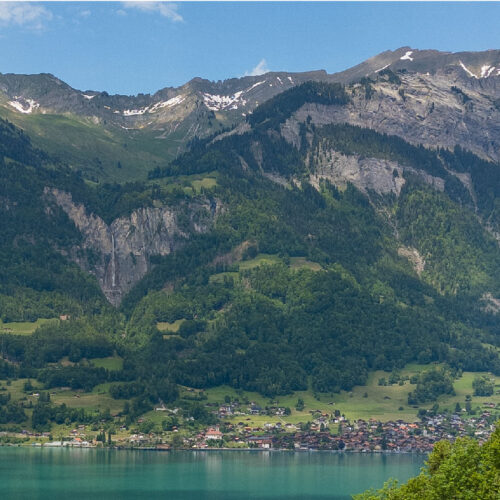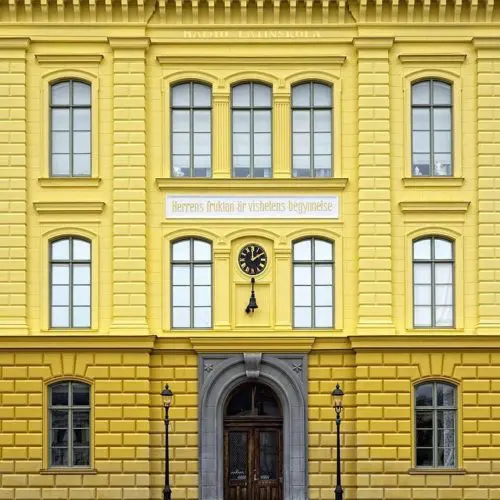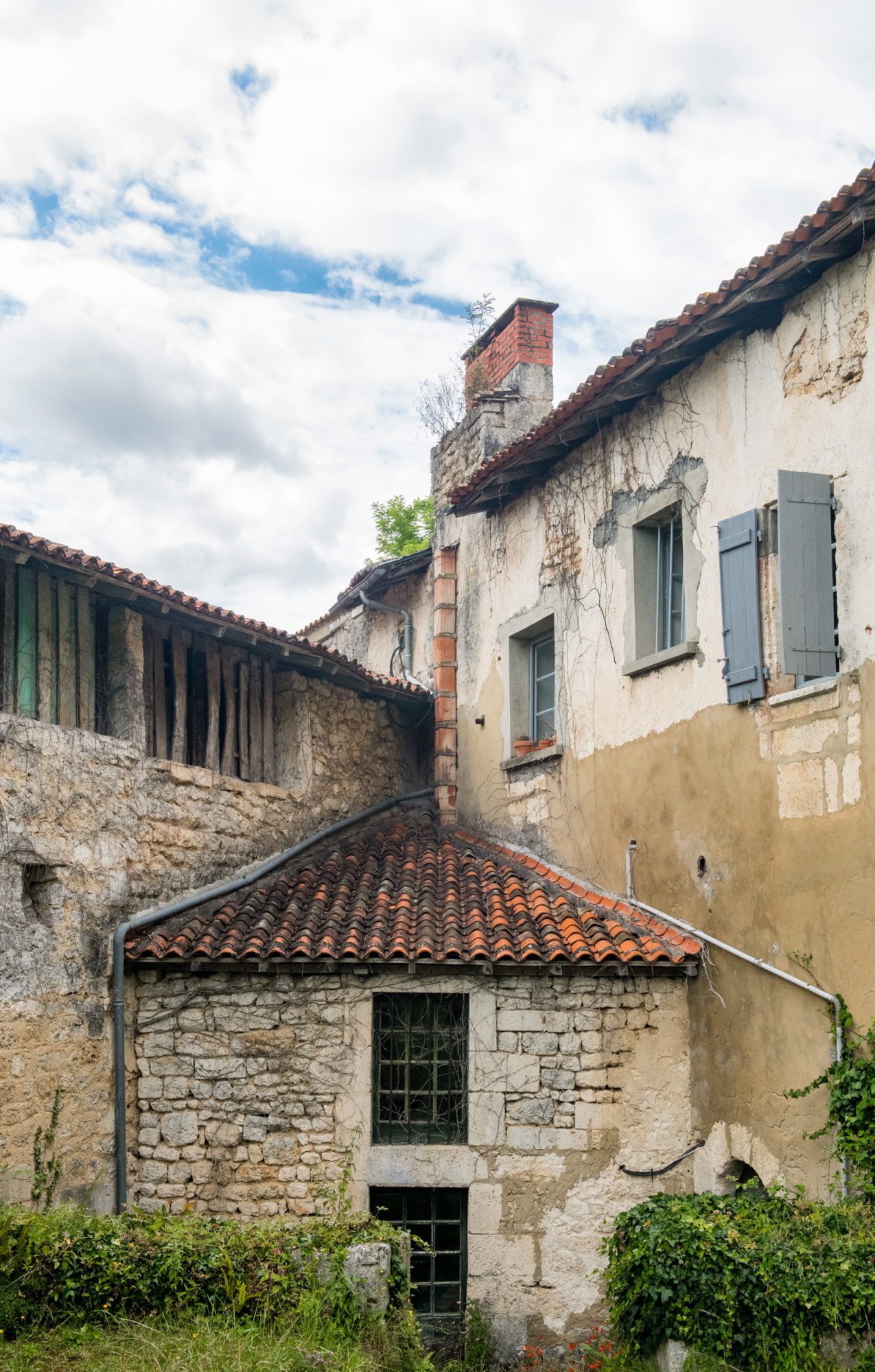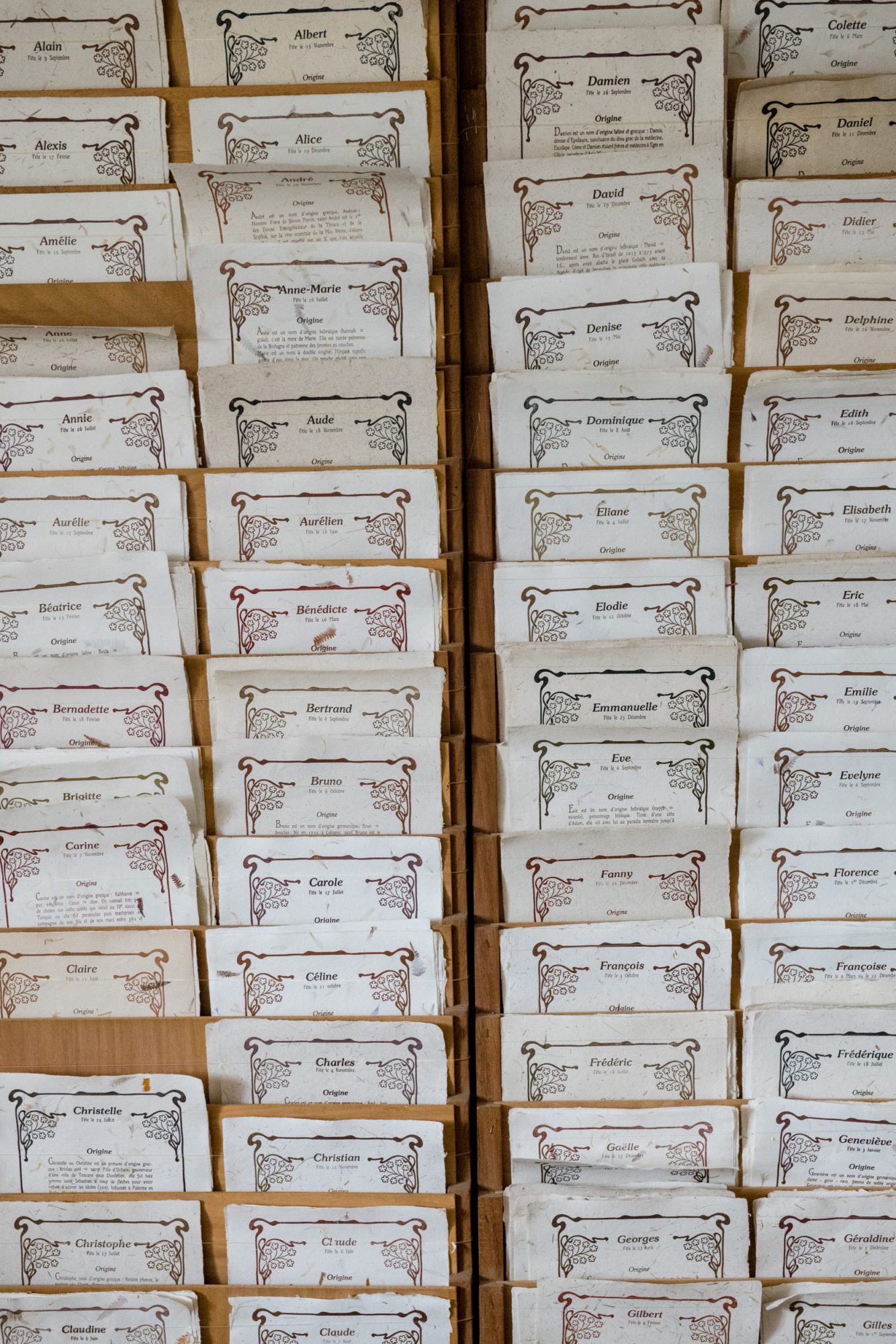Partner

Jacques Bréjoux is keeping the art of traditional paper production alive. For fifty years he’s helmed the Moulin du Verger, a paper mill founded in the early sixteenth century, while practicing the traditional methods of his craft.
In the early days of the Printing Revolution, Angoulême and its environs became an industry hub. Why? Moulin du Verger was built upon a tributary of the Charente River called Eaux Claires, or “Clear Waters,” which feels like an understatement given its crystalline flow. The water powered the mill and became one of two prime ingredients in the recipe for paper pulp.
The other ingredient: old rags. After collecting tattered cloths, Bréjoux pulverizes them for up to two days with massive wooden mallets to create a moist white pulp. Then he dips a wooden frame of wire mesh into the slurry and hangs the remaining product to dry. Et voilà! A beautiful piece of stationery.
In 1656, more than sixty mills in the area produced paper en masse. But when the Industrial Revolution mechanized papermaking in the nineteenth century, most mills folded or pivoted to specialties, lik cigarette papers.
Today, a resurgence in interest for artisanal paper enables Moulin du Verger to hold fast to its origins. Bréjoux is among the last traditional papermakers in the region. He has no intention of changing anything certainly not his paper, or the way he produces it. About that, he remains crystal clear.
Looking to read more about this area of the world? This location exists in a guide:
Explore our Guide to Angoulême 45.6088391, 0.1760107
45.6088391, 0.1760107





























Know more? Share with the community!
Submit Your ImageLogin/Sign Up.